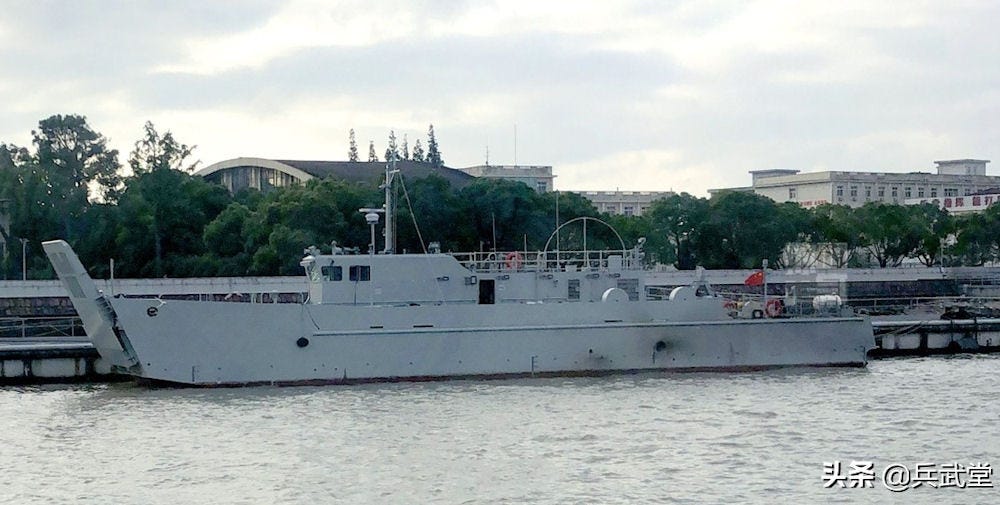New Images Offer Belated Sign Of Increasingly Regular Type 726 Landing Craft Air Cushion Use By PLA Navy
🇨🇳
Recently released images show three People’s Liberation Army Navy (PLAN) Type 726-class landing craft air cushion (LCAC)—hovercraft—operating with the Type 071-class landing platform Dock (LPD) Wuzhi Shan (#987). These selectively disclosed images highlight the ability of the PLAN’s expanding fleet of large amphibious ships—Type 071-class LPDs, Type 075-class landing helicopter docks (LHD), and the electromagnetic catapult-equipped Type 076-class LHD—to accommodate multiple Type 726-class LCACs at a given time in their respective floodable welldeck, a capacity that has rarely been advertised in the 18 years since the first Type 071-class LPD—China’s first floodable welldeck-equipped amphibious ship—was commissioned.
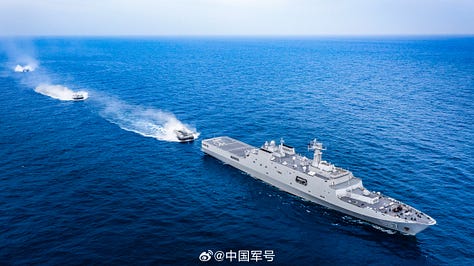
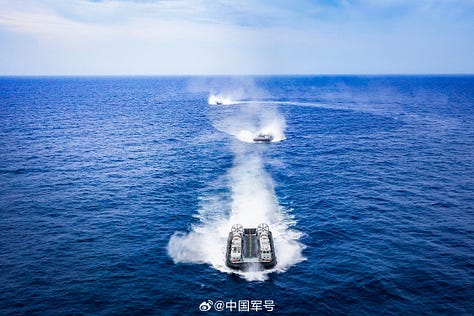
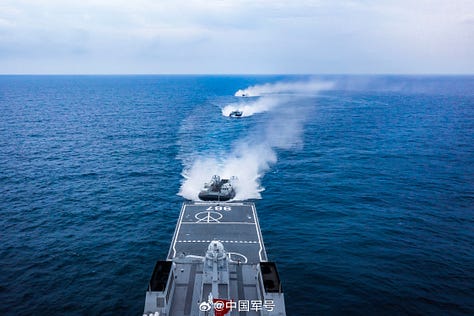
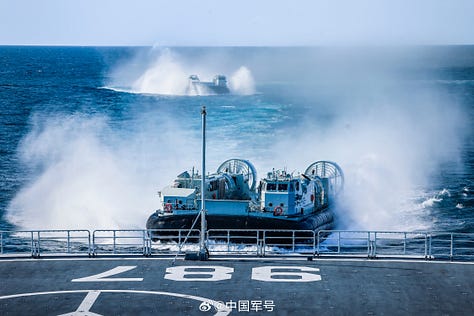
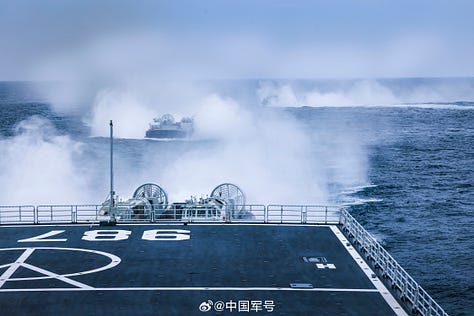
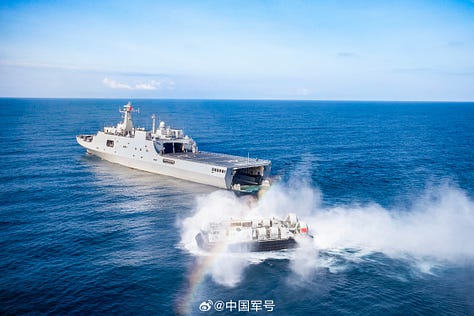
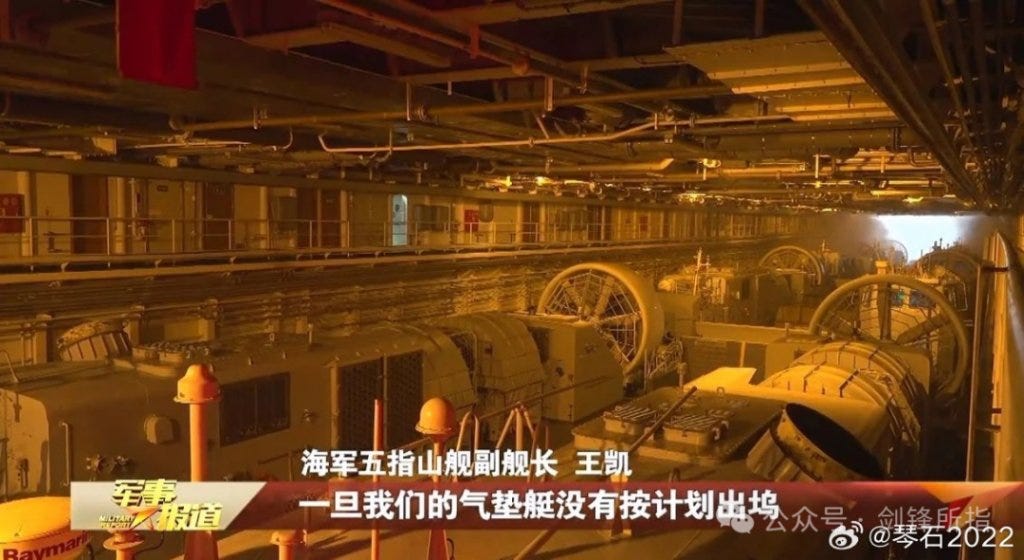
While the PLAN’s nine Type 071-class LPD can each accommodate up to four Type 726-class LCACs, this Chinese hovercraft design appears to have had a troubled and protracted development. As a result, publicly released images and videos suggest that these large Chinese amphibious warships have, to date, been primarily used to transport and launch ZBD-05 tracked amphibious armoured vehicles and variants of the underlying chassis. It is worth noting that both PLA Marine Corps (PLANMC) and PLA Ground Force (PLAGF) amphibious units have undertaken training events with PLAN amphibious ships, including Type 071-class LPDs, over the past decade or so.
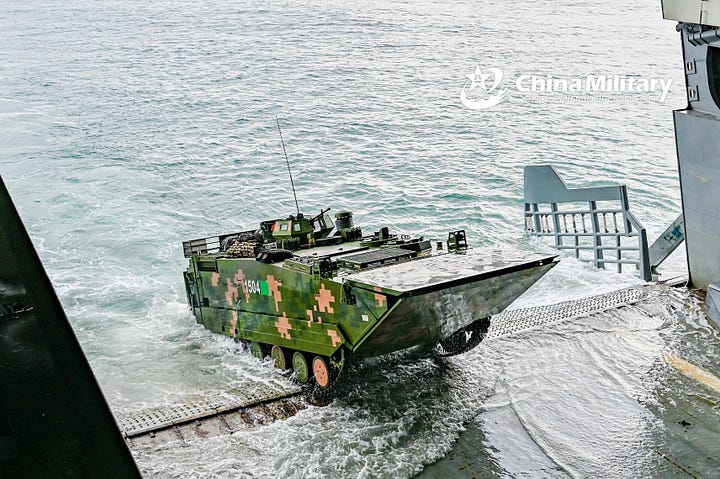
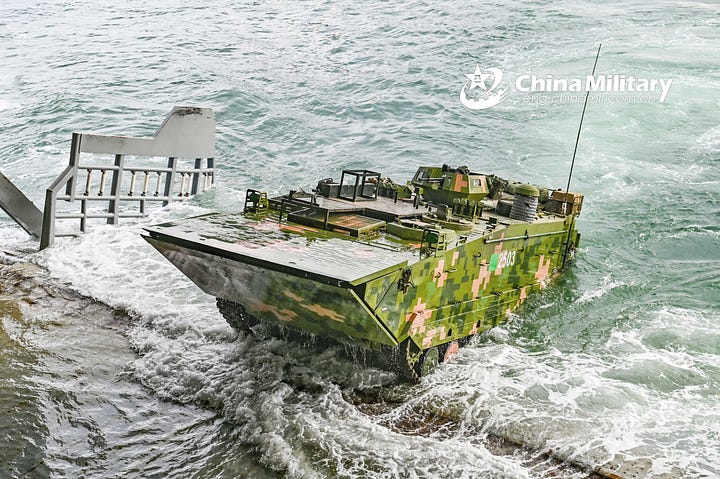
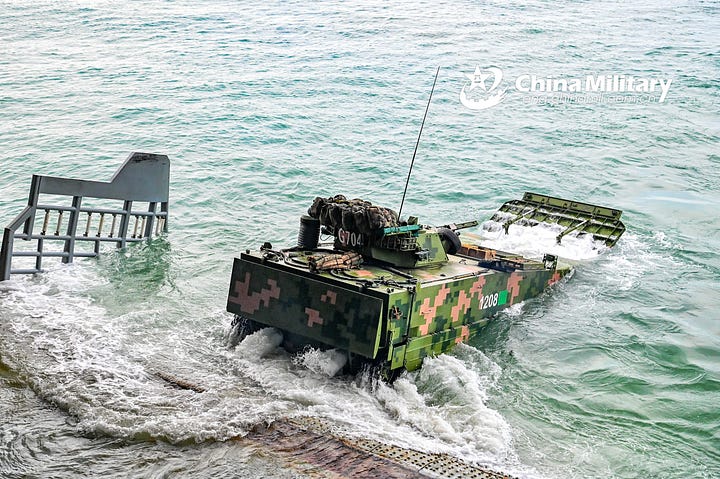
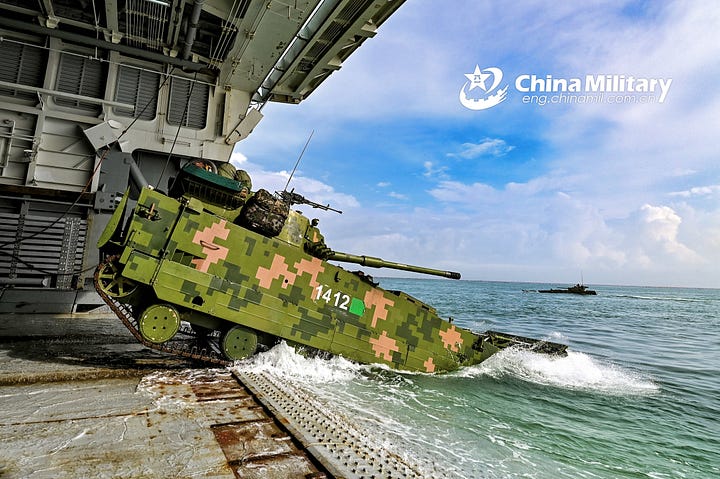
Although amphibious ships equipped with floodable welldecks can be used to deploy tracked and/or wheeled amphibious vehicles close to a beach, this is not the role for which these highly specialized ship designs are optimized or intended. In the apparent absence of a serviceable fleet of Type 726-class LCAC, let alone a sufficiently large fleet of such hovercraft for the steadily increasing number of large PLAN amphibious ships equipped with welldecks, the PLAN did not, however, have a practical alternative.
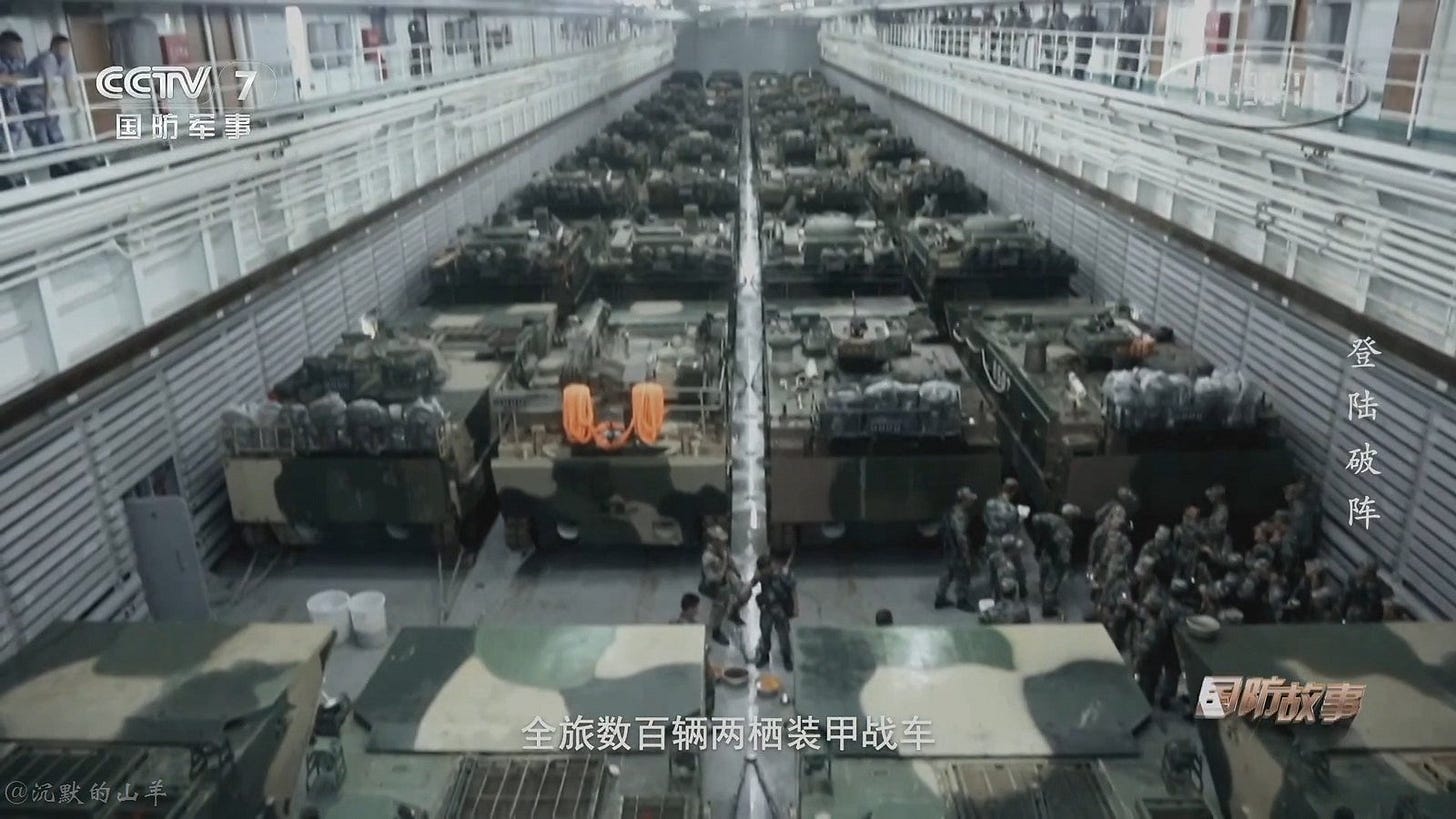
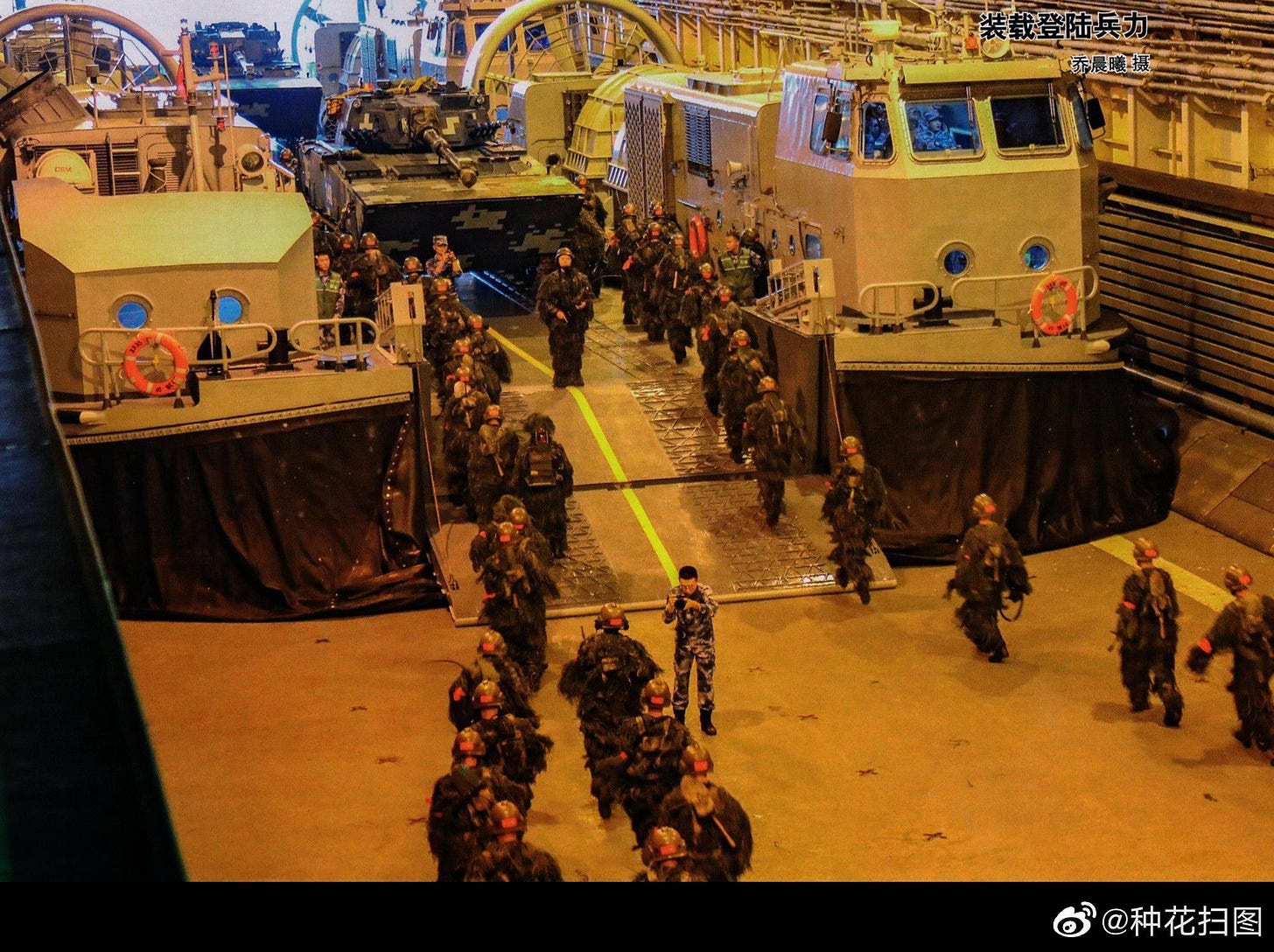
While the PLAN always had the option of developing a fairly simple and inexpensive small landing craft—a Landing Craft Utility (LCU) and/or a Landing Craft Mechanized (LCM), and the first such LCU was publicized in 2021. While the PLAN now operates more than ten of these welldeck-compatible LCUs, the welldecks of the PLAN’s steadily expanding fleet of welldeck-equipped large amphibious ships appear to still primarily go to sea loaded with tracked amphibious vehicles rather than welldeck-compatible LCACs and/or LCUs.
All things considered, publicly available images and videos, which are primarily selective disclosures made by the PLA through Chinese state media, suggest a prevailing rather wasteful approach toward the employment of China’s steadily expanding fleet of welldeck-equipped large amphibious ships. There is no public indication that any of the thirteen—soon to be fourteen—opereational large amphibious ships in the PLAN fleet has ever gone to sea with a full complemnt of embarked PLANMC and/or PLAGF ground combat personnel, landing craft, amphibious armoured vehicles, and the many types of primarily non-amphibious equipment and logistical support vehicles that are required in an administrative landing—such as a humanitarian assistance mission—let alone a contested landing in the context of a war.
In large part, the PLAN’s apparent inability and/or unwillingness to make the most of what its highly specialized welldeck-equipped large amphibious ships are optimized and primarily intended for can likely be explained by the longtime unavailability of a sufficient number of suitable landing craft that can be accommodated inside the floodable welldecks of these large amphibious ships. The new images of three Type 726-class LCACs operating from a Type 071-class LPD and other recently released images and videos of Type 726-class LCACs in training events may nevertheless offer a belated sign that the situation has changed and that the Type 726-class LCAC fleet may finally make its mark on the PLA’s amphibious capabilities.



